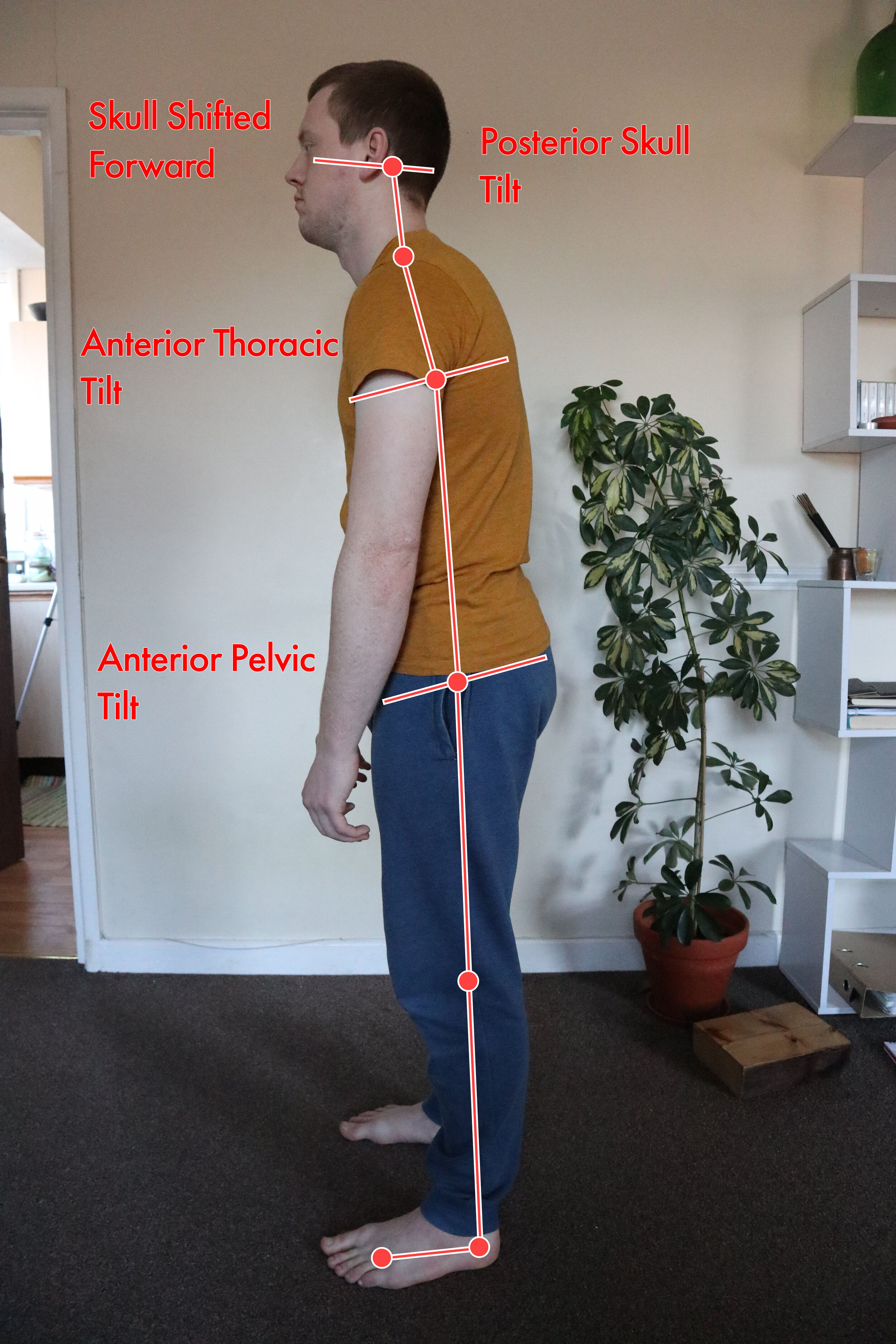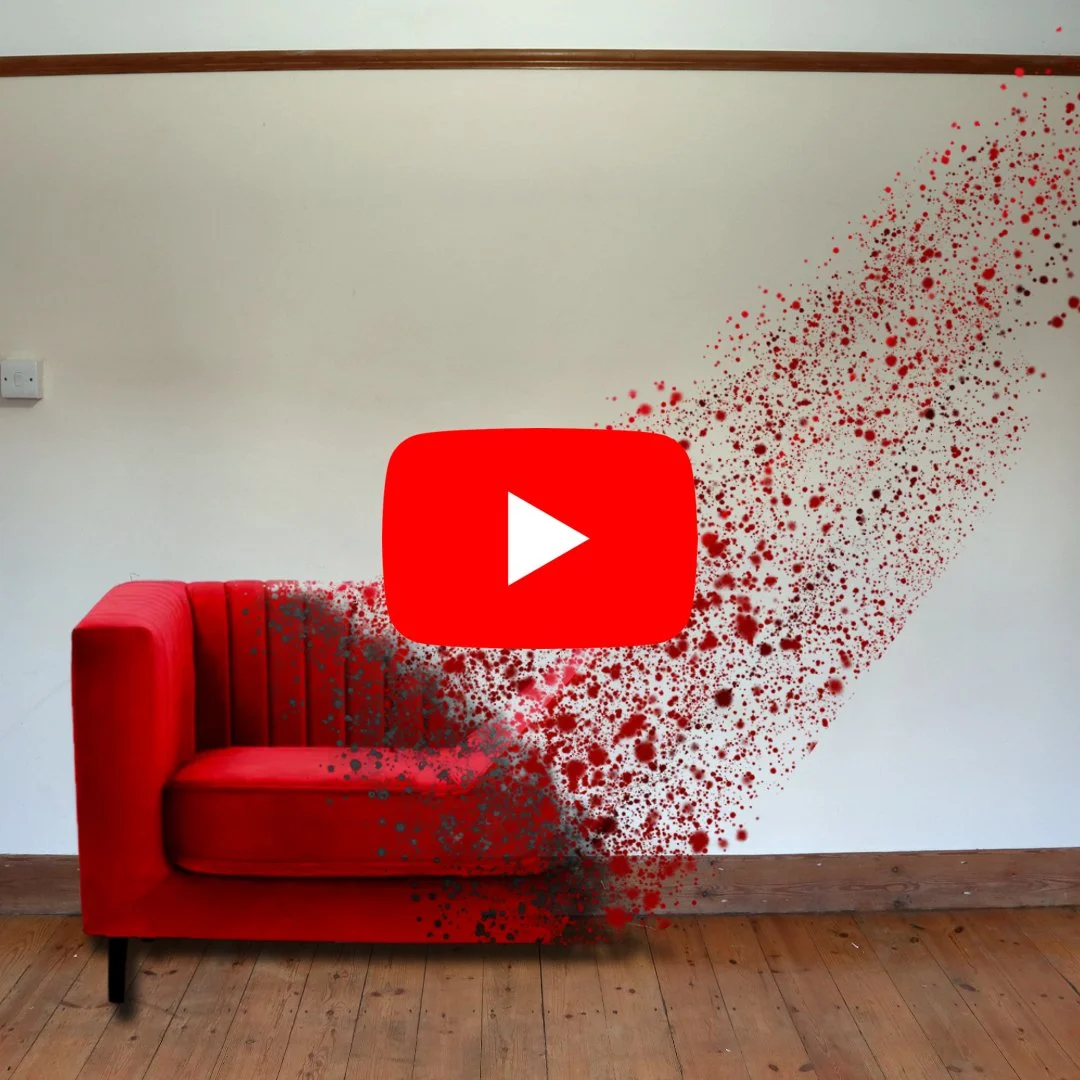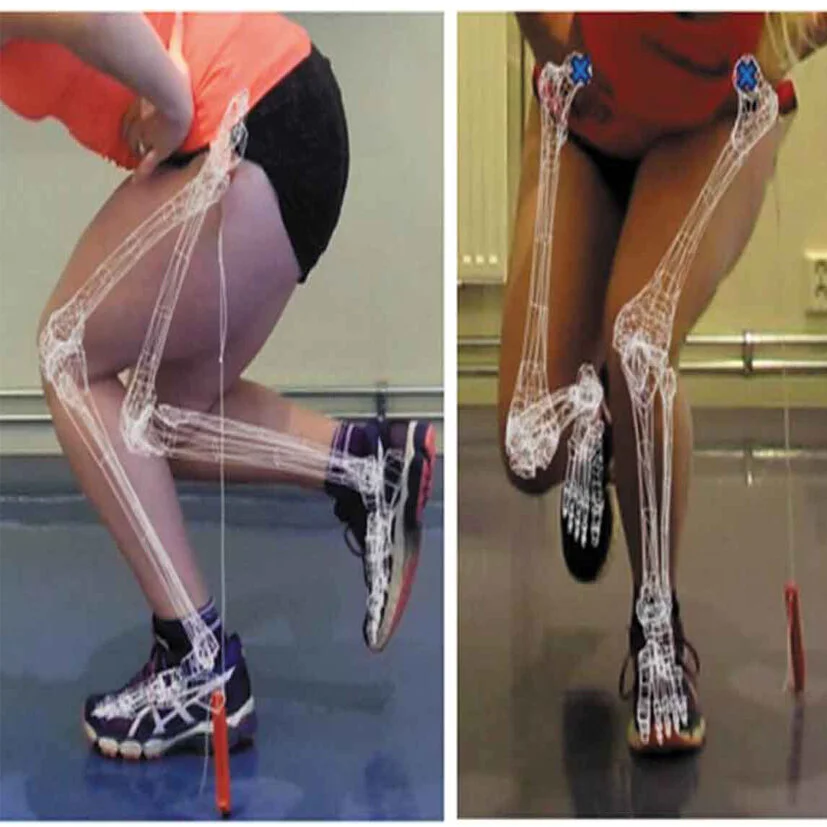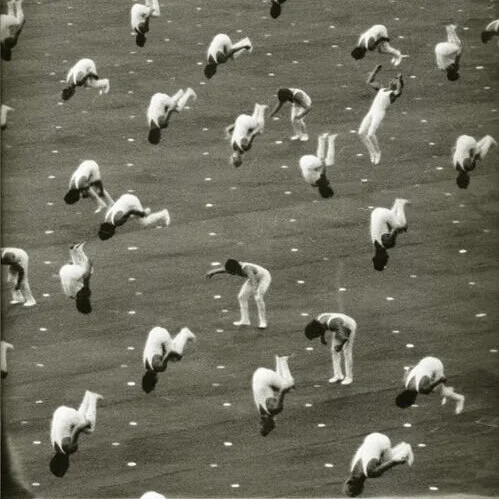Not All Squats Are Equal
The 2010’s brought functional and natural movement into the mainstream thanks to people like Ido Portal, Katy Bowman and Gray Cook and good old-fashioned squat made a comeback. The Paleo and Rewilding movements found a home on Instagram where people post endless photos of themselves and lecture us in their captions about the importance of squatting and how we’ll suffer eternal hellfire and damnation should we not be able to do a full depth, ass-to-grass squat. Squatting, like so many things in modern life, has become another way to virtue signal.
Here’s my current AiM inspired thoughts:
Good ankle dorsiflexion is key
Dorsiflexion is how far you can bend your foot towards your shin, decreasing the angle. Sorry to say, but if you’ve been sitting in chairs and wearing shoes all your life there’s a good chance that you might find this range of movement is compromised. Often, we are plantar-flexing our ankle - when we wear heeled shoes and over time your calf muscles become shortened due to them being in constant contraction.
To be able to squat properly you need good ankle dorsiflexion; when dorsiflexion is limited, the body will compensate such as abducting the forefoot (turning out the front of the foot) and everting the heel (turning outwards). Strategies work, however they also place additional stresses onto the knee, hip and lower back.
Notice:
If you end up collapsing onto the inside of your foot when you squat.
our center of gravity (COG) is out of whack


A lot of people who come to me have a sagittal plane resting position comprising of:
Anterior weight shift
Anteriorly tilted (extended) ribcage
Anteriorly tilted pelvis
Head shifted forwards
This posture hasn’t been helped by - you guessed it - a lifetime of chair use, shoes and general lack of movement, slowly immobilising us over time until we reach our 30s and 40s and suffer the consequences of these choices.
An anterior weight shift can be connected to an anteriorly tilting pelvis; you can feel your foot pressure shift depending the tilt of your pelvis. Resolving these issues isn’t as simple as just by shifting our weight back onto our heels; we have to address the reasons why we’re unaligned. When we are able to manage our mass more effectively, our squat becomes much easier.
As we reach the end range of our squat and we can see the pelvis naturally tucks under into a posterior-tilted position; if we spend all our time anteriorly tilting, accessing this opposite movement may be difficult or impossible due to your pelvis being ‘stuck’ in an anterior-tilt, which will in turn affect our ability to squat. The lack of pelvic posterior tilt can also mean that we are unable to access hip external rotation as the two movements are connected, leading to unintended adaptions such as feet staying rigid acting as the support mechanism.
Notice:
When you stand upright, where do you feel the pressure in your feet?
Is it spread evenly across both feet and in both heels and forefeet?
Is it predominantly in the forefeet?
Do you feel your toes gripping the floor?
Most people don’t realise they’ve exceeded the boundaries of their strength
Sometimes we forget to listen to the small voice inside us and are surprised when our ignorance leads us to injuries doing things ‘we used to be able to do’. Not all squats are equal; it’s not just about getting into a position but also how we get in and out of it. Without adequate strength (especially in the glutes), we may compensate by using momentum. Throw in a lack of mobility at your ankle and/or hip, and your knees will be left no choice but to pick up the slack and haul you back up.
Knees moving inwards (creating a valgus shape) may be an adaption because your hips don’t externally rotate enough and this can also filter down into the feet which may become rigid to support the unstable structure above.
Notice:Whether your knees roll inwards as you go down or come back up.
If you are slow and controlled when moving in to and out of a squat.
A lot of people talk about triple extension, but what about triple flexion?
Triple extension is the simultaneous extension or, potentially, locking, of the ankle, knee, and hip joints.
It’s long been thought that to be successful in sports such as athletics, you simply must be able to access triple extension because maximum extension means you’ll be able to propel yourself forwards and become more explosive. There’s a few naysayers now debating whether this is actually the case, arguing that during top-end sprinting neither full hip, knee, or ankle extension occurs. That’s a discussion for another time, however surely if we can extend fully, we ought to be able to move through both ranges of full extension and full flexion. If our triple flexion ability is limited or lacking then we’re going to find it harder to absorb force when running, jumping, playing sports or just walking
Notice if you are able to simultaneously:
Flex your hips
Flex your knees, and
Dorsiflex your ankle.
Is being quad dominant a myth?
Could being quad dominant be a mask for a lack of range of motion up and/or down the chain which means the quads are simply overloaded due to poor positioning? They are fantastic at producing force, but weak when it comes to absorbing force.
Quad dominance is a popular term used in fitness and sports that refers to the idea that the quadriceps provides more force during movements than the glutes, hamstrings and hips.
For simplicity, we can look at the quads as one force with glutes and hamstrings being the other group. Ideally, when we perform a movement that utilises both groups, we’re not relying too heavily on one or the other.
A basic recap of what these muscles do:
Hamstrings:
Located in the back of the thigh. Bend (flex) the knee and extend the leg backwards.Quads:
The four muscles across the front of the thigh. They serve the exact opposite responsibilities of the hamstrings – flex the leg forwards and extend (straighten) the knee.Glutes:
Located in the back and side of the hips. Extend the leg backwards, rotate the leg outwards (external rotation) and move the leg away from the centre of the body (abduction).
An ankle with limited mobility (often a lack of dorsiflexion) can result in excessive plantar-flexion, shifting our weight forwards resulting in the quads being recruited to decelerate excessive movement. When we squat with proper form, we reduce the chance of over-loading any one particular part of the body or any one muscle group as the demand is spread across all three muscle groups.
Notice:
If your first movement is to bend at the knees not move your hips back first.
If your knees move excessively past your toes.
































What are the most common misconceptions about furniture free? Well these are my top three!